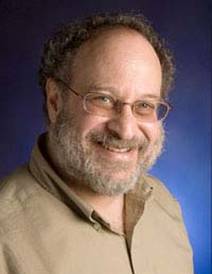
Prof. David J. Srolovitz
(Scientific Director) Science & Engineering Research Council, A*STAR
Institute of High Performance Computing
Email:srol@ihpc.a-star.edu.sg
Abstract:The fundamental ideas behind the growth of grains in polycrystalline foams and bubbles in foams were laid out more than 60 years ago. The mathematical foundation can be traced to some basic insights of von Neumann. Unfortunately, his analysis and most subsequent theories over the following half-century were applicable only in 2d, whereas most interesting applications are in 3d. Five years ago, we successfully extended the von Neumann approach to all d?$A!]2. Based on these exact theoretical results, we have developed grain growth simulation methods in 2d and 3d that are extremely accurate and computationally efficient. In this presentation, I will outline the experimental situation and the fundamental theoretical ideas, and then focus on the computational methods for modeling the evolution of these cellular networks (both polycrystalline materials and foams). Then, I will describe how to analyze the resulting microstructures from both a geometric and topological perspective - comparing the grain growth microstructures and those resulting from a Poisson-Voronoi tessellation of space. The results show that though these network structures look very similar, they are very different - in physically important ways.
Date&Time : July 2, 2012 (Monday) 15:00 – 16:00
Location: 606 Conference Room


